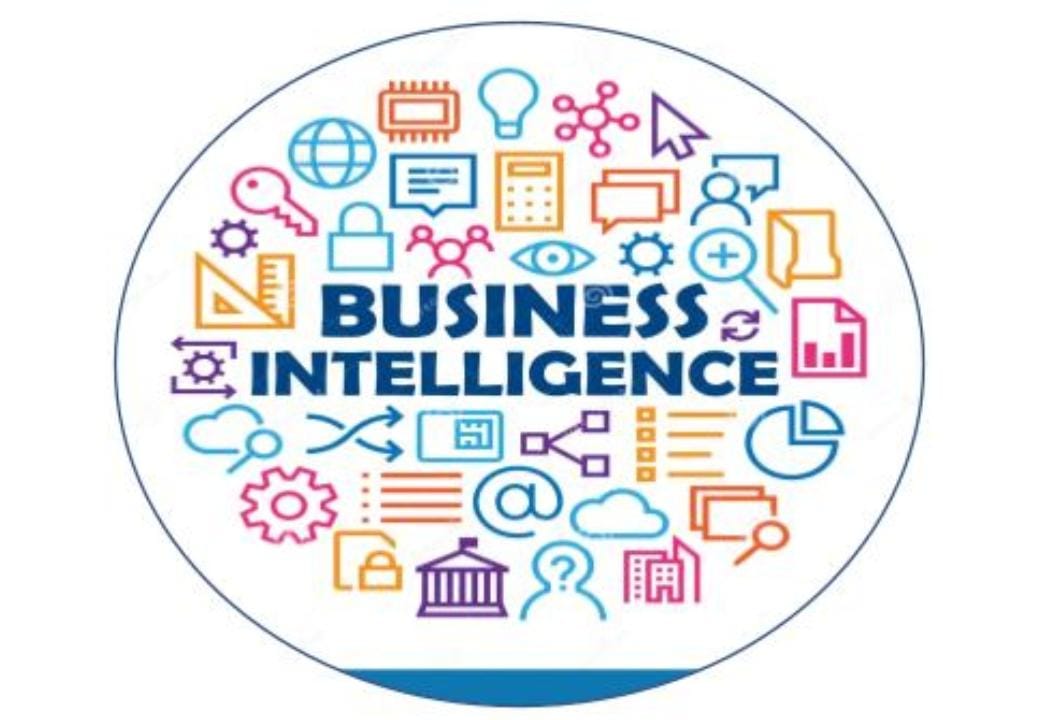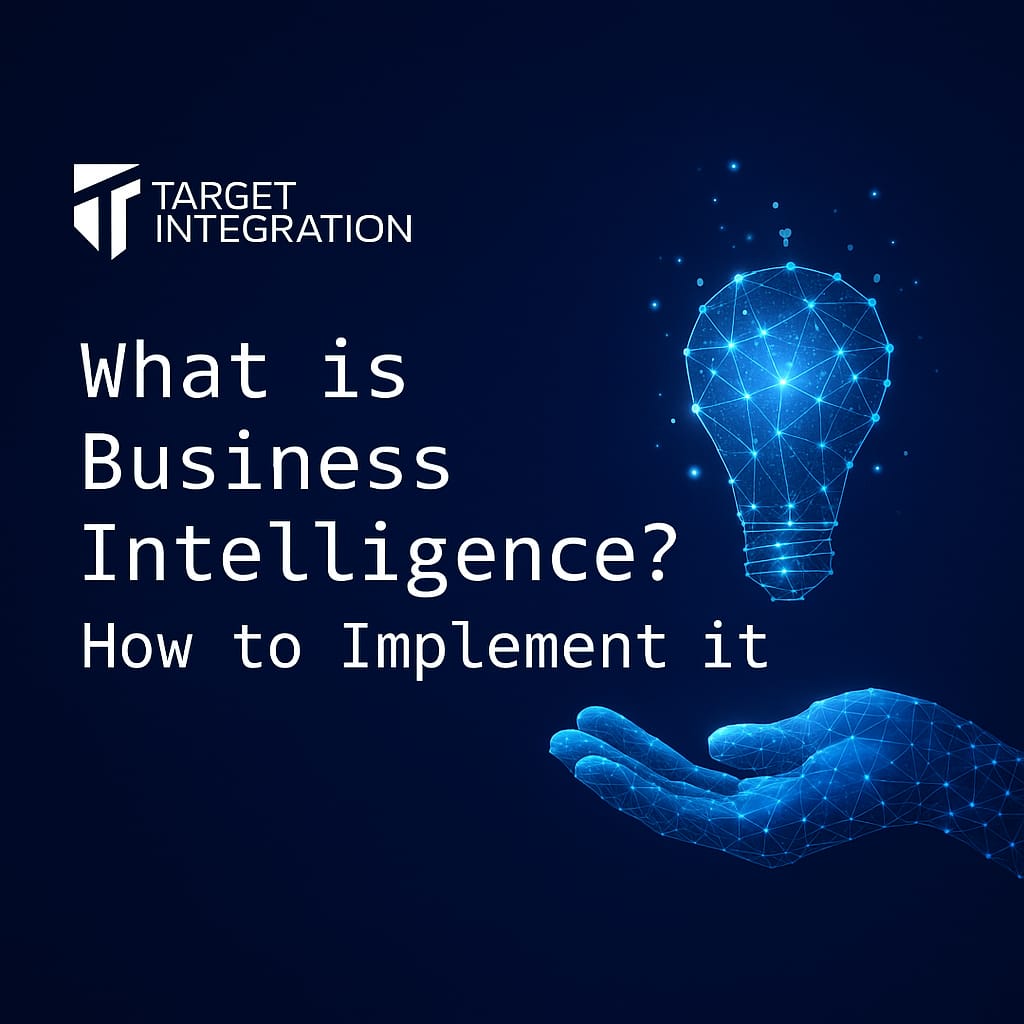Power BI
Unleashing the Power of Business Intelligence: A Comprehensive Guide

Introduction
In today’s fast-paced, hyper-competitive business world, one thing is abundantly clear: data is power ,but only if used wisely. Modern organizations sit atop vast mountains of raw information. Without the right tools and processes, that data remains just numbers and noise. This is where Business Intelligence steps in.
BI is more than just dashboards and reports. It’s a comprehensive ecosystem that transforms scattered data into actionable insights, helping organizations make smarter decisions, optimize performance, and outpace their competitors.
In this blog, I’ll break down the fundamentals of BI, explore its core components, highlight real-world applications, and share insights from leading companies. Whether you’re a student, intern, or decision-maker, this guide will give you a complete picture of what Business Intelligence can do for you.

What Is Business Intelligence?
Business Intelligence refers to the technologies, frameworks, and practices used to collect, process, and analyze business data. The goal? To convert raw numbers into meaningful insights that guide decision-making at every level — from marketing and operations to HR and finance.
BI doesn’t just focus on the “what happened” — it helps answer why it happened, what might happen next, and what can be done about it.
Core Components of BI
To truly appreciate BI, it's important to understand its building blocks:
a. Data Warehousing
Acts as a central repository that consolidates data from different sources - ERPs, CRMs, spreadsheets, APIs into one structured format for analysis.
b. Data Analytics
Involves applying statistical techniques and data models to discover patterns, spot trends, and make predictions. Tools like Python and SQL are especially powerful in this space.
c. Reporting & Dashboards
Tools like Power BI and Tableau turn rows of data into compelling visuals ,bar charts, heatmaps, slicers, and KPIs that enable faster, clearer interpretation.
d. Data Mining
Goes a step deeper to uncover hidden patterns in massive datasets. Think of it as digging through data to find gold , and it’s often used for customer segmentation, fraud detection, and market basket analysis.

Why Business Intelligence Matters
1. Smarter, Faster Decisions
With real-time dashboards and automated reporting, leaders no longer rely on gut instinct alone. BI enables evidence-based decision-making by putting the right information in the right hands at the right time.
2. Competitive Advantage
Understanding market behavior, consumer trends, and internal performance gives organizations the edge they need to innovate and pivot ahead of competitors.
3. Operational Efficiency
BI can shine a light on inefficiencies ,whether it’s a supply chain bottleneck or underperforming campaigns ,allowing organizations to fine-tune processes for better output with less waste.

Key Steps to Implementing BI in an Organization
Introducing BI isn't just about installing software. It's a cultural shift. Here's how organizations can do it effectively:
1. Ensure Data Governance and Quality
Garbage in, garbage out. That’s why organizations must establish strong data governance frameworks , ensuring consistency, accuracy, and security across all data sources.
2. Choose the Right Tools for the Job
There’s no one-size-fits-all solution. Power BI, for instance, works great for interactive dashboards, while Python is better for predictive modeling. Pick tools based on:
- Team skillset
- Data complexity
- Scalability and integration with existing systems
3. Train People, Not Just Systems
A BI platform is only as effective as the people using it. Training employees to understand, interpret, and act on data is crucial. Organizations must nurture a data-literate culture where everyone, not just analysts, feels confident working with insights.
Common Challenges and How to Overcome Them
Like any transformative effort, BI isn’t without its challenges.
1. Data Silos and Integration Issues
Data often exists in fragmented systems. Without proper integration (through ETL pipelines or APIs), analysis becomes skewed or incomplete. Building a unified data architecture is critical.
2. Security and Compliance
With increased data access comes greater risk. BI teams must work closely with IT and legal to implement role-based access, encryption, and comply with regulations like GDPR.
3. Change Management
Some teams may resist moving from Excel sheets to Power BI dashboards. Overcoming resistance requires clear communication about BI’s value and providing ongoing support during the transition.
Real-World Examples of BI in Action
1. Netflix
Netflix uses Business Intelligence and advanced analytics to study viewing habits. By analyzing which shows users binge-watch, pause, or abandon, they make smart decisions about future content investments — increasing engagement and satisfaction.
2. Amazon
BI plays a vital role in Amazon’s inventory management and supply chain optimization. By continuously analyzing data from warehouses, delivery systems, and customer orders, Amazon improves delivery speed while reducing costs.
3. Spotify
Spotify personalizes playlists like “Discover Weekly” by applying BI techniques that track user behavior, audio features, and social sharing. This improves user retention through hyper-personalized experiences.
Beyond the Basics: The Future of BI
BI is no longer just a backend support tool — it’s becoming central to strategic planning. Emerging trends that are redefining BI include:
- Artificial Intelligence Integration: Predictive analytics and AI models are increasingly embedded in BI platforms, enabling forecasting and anomaly detection without needing to write code.
- Self-Service BI: Tools like Power BI now offer user-friendly interfaces so that even non-technical users can generate their own reports and insights — reducing dependency on IT.
- Data Storytelling: Analysts are shifting from static reports to narrative-driven presentations that use visuals and insights to tell compelling stories and influence decisions.
Conclusion: Making BI a Strategic Priority
Business Intelligence isn’t just a tool — it’s a mindset. In my own journey as an intern, I’ve witnessed how BI can transform chaos into clarity, turning complex datasets into meaningful narratives that influence action. Whether it was streamlining logistics for a client or predicting customer churn using Python and Power BI, the power of BI lies in its ability to turn insight into impact.
For organizations, the message is clear: embracing Business Intelligence isn’t optional — it’s essential. And for students or early professionals entering this field, now is the perfect time to build your skills, experiment with projects, and be part of this data revolution.
